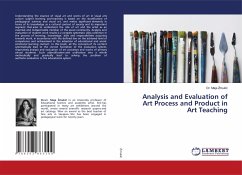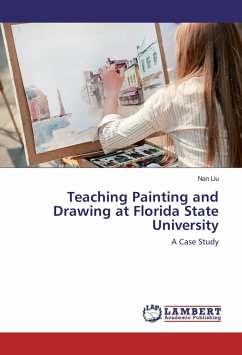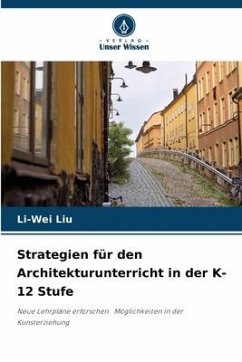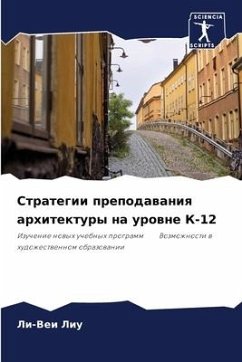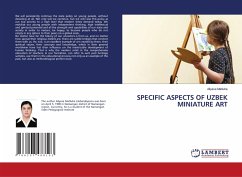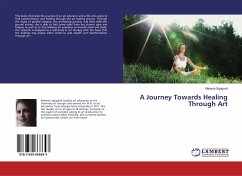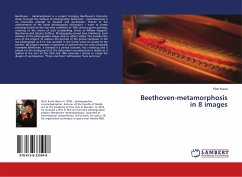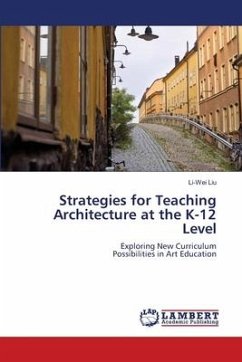
Strategies for Teaching Architecture at the K-12 Level
Exploring New CurriculumPossibilities in Art Education
Versandkostenfrei!
Versandfertig in 6-10 Tagen
40,99 €
inkl. MwSt.

PAYBACK Punkte
20 °P sammeln!
Although many current arts curriculum frameworks require visual art educators to teach some content related to architecture, discussions in the field about ways to teach architecture offer little practical help to art educators in planning lessons and units about architecture. This study examined the ways in which the teaching of architecture in K-12 setting is analyzed and presented by authors who write in the English language in the past twenty-five years (1986-2010). It used both a historical review and a meta-analytic review to examine the possible underlying forces that shape the presenta...
Although many current arts curriculum frameworks require visual art educators to teach some content related to architecture, discussions in the field about ways to teach architecture offer little practical help to art educators in planning lessons and units about architecture. This study examined the ways in which the teaching of architecture in K-12 setting is analyzed and presented by authors who write in the English language in the past twenty-five years (1986-2010). It used both a historical review and a meta-analytic review to examine the possible underlying forces that shape the presentation of teaching architecture K-12. It discovered that in order to prevent the delivery of teaching architecture dominated by the often didactic educational model, a balance between knowledge transmission (lecture) and personal innovative discoveries (studio practice) is crucial in order for the teaching of architecture K-12 worthwhile for inclusion in visual arts curricula.





